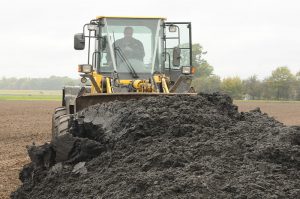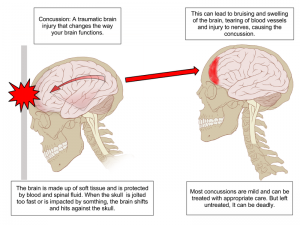Have you ever wondered where your human wastes travel to when you flush the toilet? Probably not, I mean why would anyone think about that after doing their “business” in the washroom? It is common knowledge that what we flush down the toilet end up in the sewers, but where do they go after? Sewage wastes are treated to separate wastewater and sludge. The wastewater can then be further treated to be reused, but what can we do with the remaining sewage sludge? The U.S. Department of Energy’s Pacific Northwest National Laboratory has researched a method to convert sewage wastes to biofuel.
Biofuels are fuels extracted from biomass, a renewable energy source composed of organic materials. There are many methods to convert biomass to biofuels. The following video provides some background on biofuels and commonly used methods to make them:
Biofuels can be a suitable substitute for conventional fossil fuels, coal and gas, when supplying energy to devices and vehicles. The development of biofuels is important for the purpose of reducing the use of fossil fuels. Since fossil fuels produces many wastes when burned. These wastes include air pollution, which is harmful to human health, and greenhouse gases such as carbon dioxide, which contribute to global warming. The use of biofuels can reduce the production of theses harmful wastes.
So how do we convert our human wastes to biofuel. The Department of Energy found that using hydrothermal liquefaction can break down human wastes to simpler chemical compounds. Hydrothermal liquefaction (HTL) is the process of breaking down wet biomass to crude-like oil under high pressure and temperature. In this case the wastes are pressurized to 3,000 pounds per square inch and 300 degrees Celsius. This process gives biocrude and a liquid phase. These parts can be treated to create fuel. Any other solid by-products from the creation of fuel are used for fertilizer, due to high nutrient content.
Personally, I think processing biofuel via sewage wastes is an ingenious method to kill two birds with one stone. Firstly, we produce high quality fuel that can replace fossil fuels. This will lower the production of greenhouse gases and pollution, thus improving the environment. Secondly, it will be very cost-efficient for the government, as any other sewage processing, transport and disposal are no longer necessary. Lastly, this process produces no unusable by-products, as the fuel and remaining organic matter can be used for many purposes.
– Nelson Yu
References:
Fuel from sewage is the future – and it’s closer than you think. http://www.pnnl.gov/news/release.aspx?id=4317 (accessed November 5, 2016).
What are Biofuels?. http://www.conserve-energy-future.com/advantages-and-disadvantages-of-biofuels.php (accessed November 5, 2016).
Hydrothermal liquefaction — the most promising path to a sustainable bio-oil production. https://www.eurekalert.org/pub_releases/2013-02/au-hl020613.php (accessed November 5, 2016).






